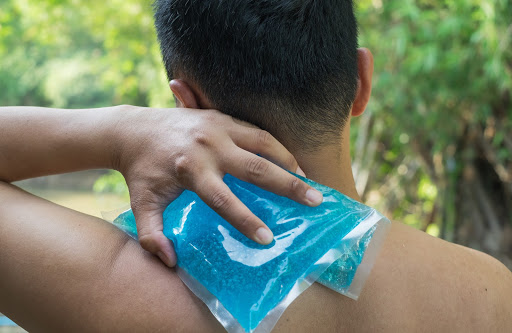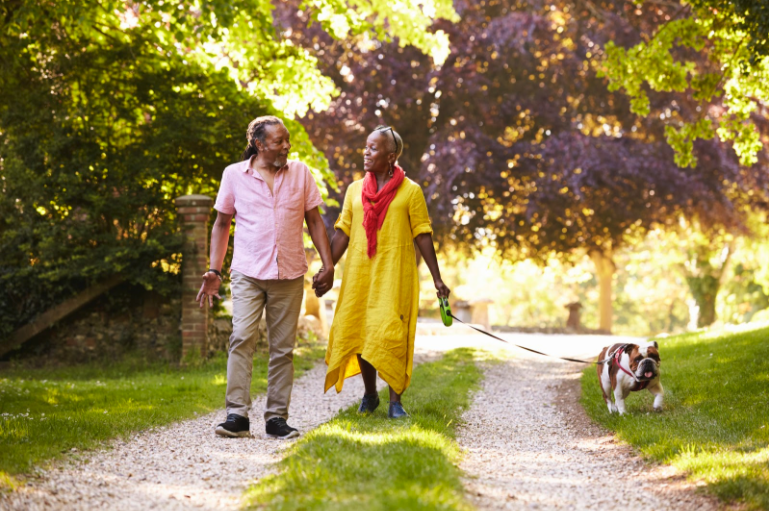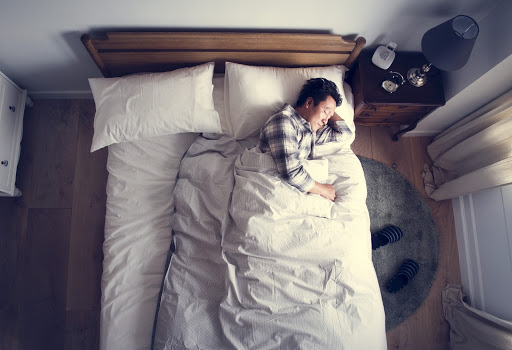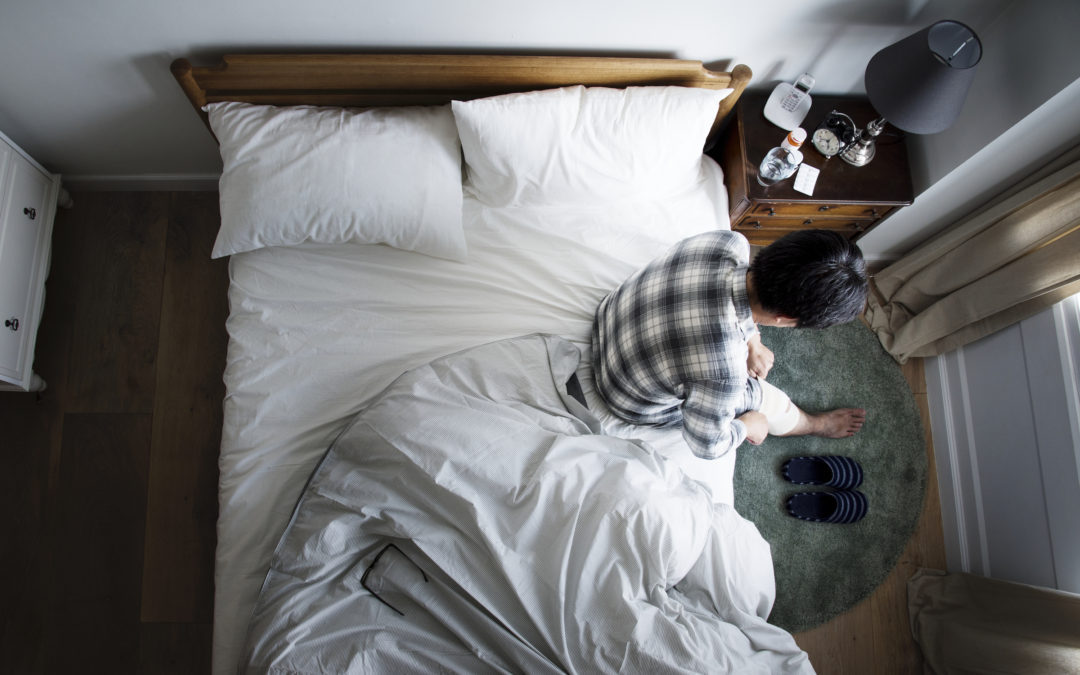Back pain can be nothing short of agonizing. Not only does it cause physical pain, but it also causes emotional stress from our inability to do the things we normally do. Getting out of bed, standing up, and all the small movements you never think twice about all seem like impossible tasks when you are in back pain.
If you’ve had back pain, you know eventually the pain will subside. This usually takes a number of days, and living in pain, makes every moment feel like an eternity. So how can you start speeding up the process to get yourself out of pain, and back to your normal life?
In this article we will discuss techniques to help get you out of immediate back pain. You should always consult with your physician first, especially in cases of extreme back pain that have not subsided in 3 or more days or if you have a loss of sensation below your hips.
Here are three techniques that will help get lower your pain and get you back to your normal routine.
Ice your back initially, use heat after 2-3 days

Start icing your back as soon as possible after having a back pain episode.This will help reduce swelling and muscle spasms while promoting healing. After 2-3 days, using heat can help to relax your back muscles. Always remember to do what feels best for you, you may prefer heating your back to icing it, but in the initial days of an episode only ice your back.
Day 1-Day 3: Ice every 3-4 hours for 20-30 minutes.
Day 3+: Continue to ice throughout the day, you may start alternating between heating and icing depending on what feels the best for you.
Take a walk

When in pain, it may be hard to imagine moving or doing anything, but movement can help speed up the healing process. Here are some tips to start walking.
Focus on your posture. Think about actively engaging your core to reduce strain on your back. This will help with getting you feeling better, faster. Learn about the five steps to better posture here.
Start small. On your first few days, you may only be able to take a short walk around your home, that’s fine! You may even find that you cannot fully stand up straight, due to the pain. Listen to your body and begin walking more, as you are able to tolerate.
Measure your progress. Whether it’s for a specific amount of time or distance, keep track of how much you’re walking each day. Not only will this show you the progress you’re making, but it can serve as motivation to keep moving.
Limit bed rest and sitting

Studies show that using bed rest to treat back pain takes longer than alternating between rest and movement. Incorporating movement like light walking can help with your healing process. When we sit, specifically with poor posture, additional stress is placed on our spine, which can cause pain and delay healing. Try these tips when resting and sitting.
When resting. Place a pillow under your legs when lying on your back to reduce tension on your lower back. If you are sleeping on your side, place a pillow between your legs to maintain spinal alignment and keep stress off your back.
When sitting. Only sit for 30 minute periods and make sure to get up and move regularly. Also, make sure to limit any type of movements that may put your spine in an unnatural alignment. Movements like bending forward to pick something up, leaning over to one side, or reaching for a high shelf should be limited.
Personalizing your treatment plan
Getting out of immediate pain is the first step in building a healthy back. Our next blog will explore how to keep your back feeling better. If you are currently in back pain or want to know more information about techniques to get out of back pain, connect with one of our Telespine Health Coaches.
Resources
Waddell G, Feder G, and Lewis M. Systematic review of bed rest and advice to stay active for acute low back pain. British Journal of General Practice. 1997;47(423): 647-52.
Steffens D, Maher CG, Pereira LS, et al. Prevention of low back pain a systematic review and meta-analysis. JAMA. 2016;176(2): 199-208.
Haegan KB, Hilde G, Jamtvedt G, et al. The Cochrane review of bed rest for acute low back pain and sciatica. Spine. 2000(15):22;2932-2939.
